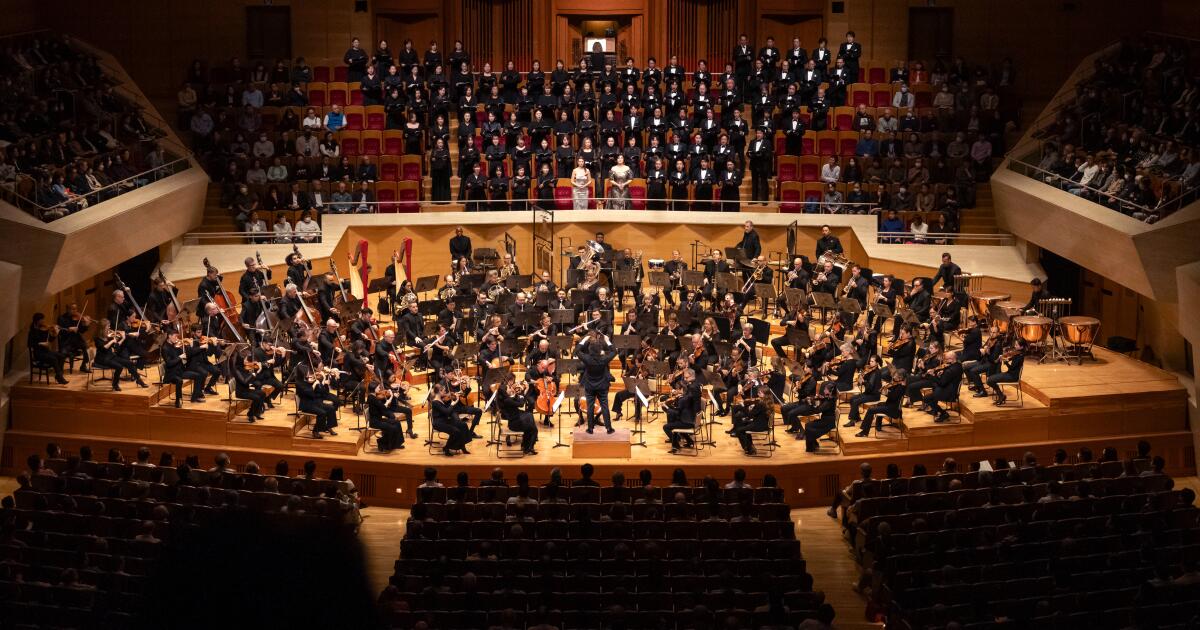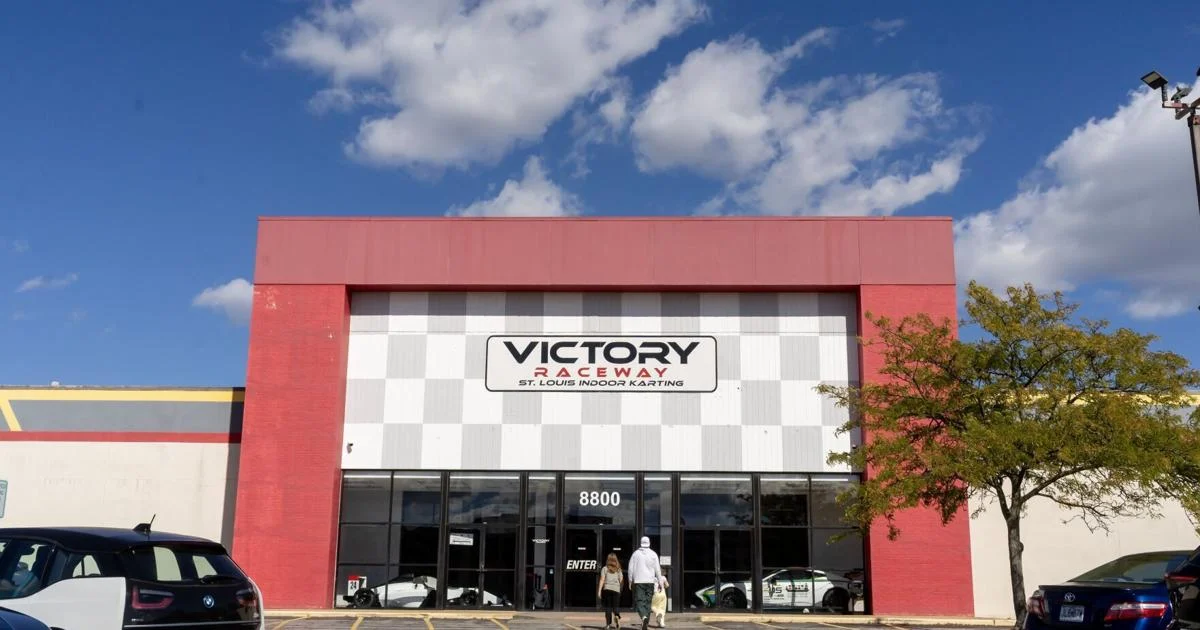Copyright Los Angeles Times

A few days before Air Force One landed in Tokyo on Monday, an advance team of Angelenos had flown in on an endeavor of cultural diplomacy. Gustavo Dudamel and the Los Angeles Philharmonic, on an Asia tour that also includes Seoul and Taipei, had no official business in Japan other than to give two concerts over the weekend of works by John Adams, Stravinsky and Mahler in Suntory Hall, repeating programs they had performed at Walt Disney Concert Hall earlier in the month. It was a hit-and-run mission. Cultural diplomacy is not what it once was. The U.S. government no longer sends American orchestras to break the ice in places where talk does little, or to simply share culture with no need for politics to get in the way. Sometimes it works, if indirectly. Whatever the White House’s reasons — be they differing ideas of cultural relevance or the fact that Los Angeles and Venezuela have been in military crosshairs lately — the L.A. Phil and its Venezuelan music director appeared little-noticed agents of goodwill. But, in fact, cultural connections between L.A. and Japan run deep. The U.S. president and Japan’s newly elected prime minister, a onetime heavy metal drummer, reportedly talked baseball. Tokyo, not surprisingly, almost feels like Dodgertown Asia. Even devotees of the rarefied world of Noh theater stay up in the middle of the night to watch Dodgers games, finding a kinship in Shohei Ohtani’s eloquent movement to the oldest and most mystifying surviving theater tradition. Noh and other aspects of Japanese culture have both overtly and surreptitiously crept into the L.A. Phil as well. An early obsession with Noh made it a prime influence on the director Peter Sellars, whose longtime association with the L.A. Phil began in 1992. He was hired as a cultural guide to L.A.’s new, young Finnish music director, Esa-Pekka Salonen. That marked the beginning of the visionary modern L.A. Phil. Walt Disney Concert Hall also has Japanese roots. Little Tokyo offered an architectural awaking for a young Frank Gehry, and Disney’s celebrated acoustics trace directly back to Suntory Hall, Yasuhisa Toyota’s first major project. The ongoing partnership between the Japanese acoustician and Gehry has now internationally shaped what a concert hall can be and why that can matter. The Dodgers were a very tough ticket in a rare visit to Japan in March, but Tokyo audiences can witness Dudamel, who is to many Japanese fans the classical music Ohtani, with the L.A. Phil now. And, the prime minister’s baseball and heavy metal aside, Tokyo is an orchestra-happy city. It supports nine full-time professional symphony orchestras and nearly as many concert halls. A number of the world’s major orchestras appear here regularly, and hardly a week goes by when one isn’t in town and most likely in Suntory, which functions as Tokyo’s Carnegie Hall. Although Dudamel claimed he hadn’t consciously realized it when he made his programs, which were highlighted by Stravinsky’s “The Rite of Spring” and Mahler’s Symphony No. 2, he wound up paying direct tribute to Suntory’s influence on Disney. Salonen had capped Disney’s opening night gala with a “Rite” so visceral that it felt like a new beginning. One day past what would have been the 22nd anniversary of that gala, Dudamel led a very different but just as riveting “Rite” in Suntory. Following the galas, Salonen began the first regular L.A. Phil concert series in Disney with Mahler’s Second, which is known as the “Resurrection” and thrillingly announced the resurrection of an orchestra that had long been housed with inadequate acoustics. The “Resurrection” comprised Dudamel’s second Suntory program. Architecturally, Suntory, though in what was a still untraditional so-called “vineyard” layout for the seating, is more conventional than Gehry’s radical Disney. But acoustically they share Toyota’s genius for immediacy, transparency and sonic oomph that goes straight to the gut. Even so, Suntory sounds more straightforward. The music comes directly to you. In Disney, the orchestra sounds like it surrounds the audience as much we do the musicians. We feed off each other. Japanese concert audiences sit up straight and listen with exceptional concentration. That tradition also goes back to Noh theater, where any applause makes the performers, whose devotion is their practice, not the audience, uneasy. Such restraint is hardly the case with modern concert audiences here, but standing ovations remain rare. Mahler’s Second, moreover, could almost be a typically ghost-haunted Noh play. It begins with death in the form of a startling half-hour funeral oration, looks back at life, what it was (and was it anything?) and then answers with an overpowering affirmation that includes large chorus, two vocal soloists and organ added to the massive orchestral forces. There was utter silence from the audience at the matinee performance on a rainy, wintry Saturday during the 90-minute performance. No stirring during the break after the first movement as members of the local New National Theatre Chorus walked on stage with the ceremonial slow gliding movements of acolytes in a temple. In Disney, Dudamel’s “Resurrection” had the quality of rapture in surround sound. Offstage brass were above and behind and among us. Dudamel created a magic illusion of the orchestra and the audience being one, leaving listeners at the end rising and cheering as one. In Suntory, there was no room for the offstage brass to be anywhere but offstage. The sound of the orchestra was more central, more sharply focused. The strings had a bite. A solo oboe was a prophetic voice in the wilderness. Tympani had the impact of taiko drums. The playing was airtight. The ovation didn’t come at once, but one after another in the audience stood until most of the hall was on its feet. Applause remained movingly subdued, as if wanting to maintain a sense of awe. After several curtain calls, Dudamel motioned for the players to leave the stage. The ovation continued nonetheless. Musicians lingered, paused for selfies and after a long while Dudamel casually returned on stage to wave. The ice was broken, and Suntory become Disney-like. Dudamel’s program the night before was differently received. It began with Adams’ new symphony, “Frenzy,” which was dazzlingly played, and included Stravinsky’s Suite from “The Firebird” along with the “Rite.” Maybe it was the orchestra’s greater familiarity with the intricate score, but “Frenzy” had less frenzy and greater in impact in Suntory than it had in Disney. “Firebird,” on the other hand, lacked the glow of L.A.’s acoustical light. But the “Rite” came across as shock therapy. It is a work that has great resonance for the Japanese. Susanna Mälkki, the L.A. Phil previous principal guest conductor, had just conducted with the Tokyo Symphony to reportedly great acclaim the week before. An avant-garde butoh troupe is busily performing its own erotic version in Tokyo. But, like no other orchestra, Stravinsky’s “Rite” is in the L.A. Phil DNA. Stravinsky lived longer in L.A. than anywhere else, and conducted the L.A. Phil. Salonen made the score the showpiece of Disney. For his part, Dudamel’s Disney “Rite” replaced frenzy with robust splendor. In Suntory, the oracular power of Dudamel’s “Rite” proved outright shock therapy. No standing over, just stunned applause. Orchestra tours have up and down sides. Wowing a foreign audience isn’t necessarily worth the great expense, transporting, in this case, 123 musicians along with staff and instruments. The carbon footprint exacted is significant. Ten years ago on a Japan tour, Dudamel and the L.A. Phil demonstrated their worth by including members of YOLA. The kids played with young musicians from the Fukushima region still recovering from the nuclear reactor disaster.



